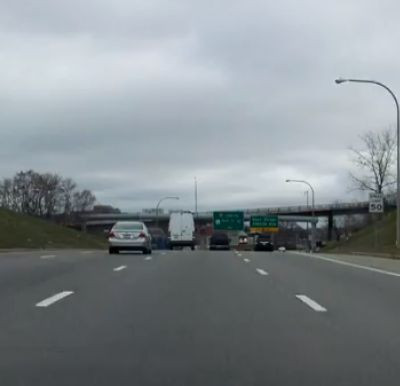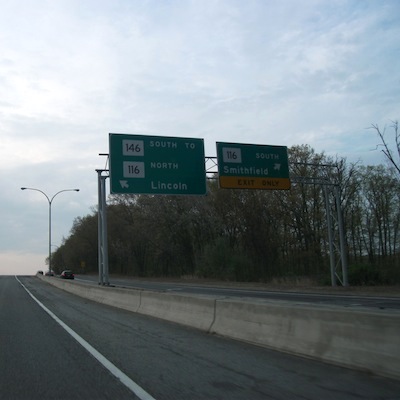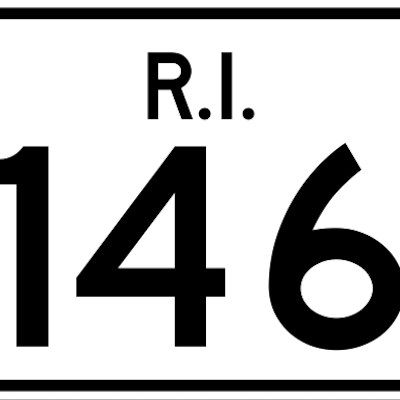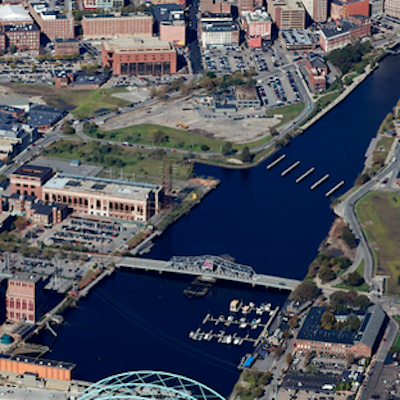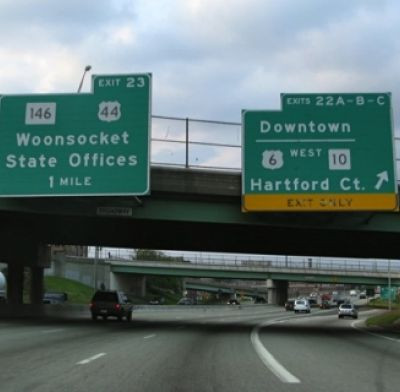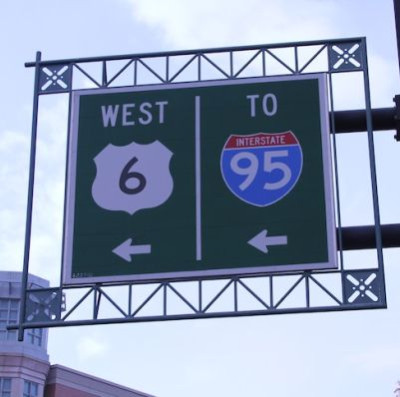Moore: Toll Plan Will Radically Restructure RI Borrowing
Monday, November 02, 2015
There's a wide range of opinion regarding the plan put forward by Governor Gina Raimondo to impose new tolls on truckers and borrow about an additional $1 billion to fix the state's crumbling roads and bridges.
Some who would benefit, like the trade unions, are staunch supporters. Those who would be immediately impacted, like the Rhode Island Trucking Association, obviously oppose the plan.
But there's one thing that isn't up for argument, but is hardly being mentioned. The plan would radically change the state's debt structure. Given that fact, it's imperative that Rhode Island General Treasurer Seth Magaziner not only weigh in on the proposal, but also take a leadership role in outlining the costs of the new plan.
GET THE LATEST BREAKING NEWS HERE -- SIGN UP FOR GOLOCAL FREE DAILY EBLASTNew Borrowing Scheme
Currently, according to state audits listed on the Auditor website, the Rhode Island state debt is roughly $2.2 billion. Of that, 50 percent ($1.1 billion), is due in 10 years or less. About $500 million (23 percent), is due in 20 years. And another $568 million, (27 percent) is due between 20-30 years.
If the state adopts the Raimondo Truck Tolling Plan, the state will have a new debt level of about $3.2 billion, with most of the debt being due over a 30-year period, since the governor's proposal calls for a 30-year bond. That means that the state will owe roughly $1.56 billion over a 30 year period.
Throughout the history of Rhode Island, the majority of the state's debt has been due over a 10-year period. That's a good thing. It means the state pays less in interest costs.
Here's a simple way to look at it. If someone takes out a 15-year mortgage, they'll make larger payments throughout the course of the mortgage, but they'll pay less in the long run, since they'll make far fewer actual payments. Take out a 30 year mortgage and you'll pay less each month, but much more over the course of the mortgage.
Rhode Island's New Mortgage?
Bonding is very similar to taking out a mortgage in that it's a form of borrowing money. If the state increases its debt to fix its transportation infrastructure, doing so over 30 years will cost much more than it would over a shorter term bonding period.
I reject the premise that we need to tax and borrow our way out of our infrastructure issues. The statehouse Republicans have made a very cogent case that the state already has plenty of money it needs in order to pay for road and bridge repairs on a pay-as-we-go basis. Of course, that would require some serious belt tightening, and the powerful special interest groups that call so many of the shots here in Little Rhody wouldn't like it none too much.
So if the state ultimately decides to borrow money to fix our infrastructure, the state needs to have a serious conversation about whether a costly 30-year borrowing plan is a realistic and logical approach, or if the added cost of borrowing makes sense for the state's finances.
What Say You, Treasurer Magaziner?
That's where Magaziner comes in. When running for Treasurer, Magaziner was never shy about touting his financial expertise or talking about the need to fix our infrastructure to create jobs. He also had much to say about using his office to create job growth by leveraging the office's investment power to create job.
Now, more than ever, we need the expertise of the Rhode Island General Treasurer, to do even more than weigh in, but to take the lead role on the new truck toll plan for Rhode Island, because it's about more than truck tolls.
Magaziner should add to the conversation by adding his financial expertise to the conversation and weigh in on whether it makes sense for the state to radically change its approach to borrowing with this new infrastructure improvement proposal.
Russell Moore has worked on both sides of the desk in Rhode Island media, both for newspapers and on political campaigns. Send him email at [email protected] Follow him on twitter @russmoore713
Related Slideshow: RI’s Most Dangerous Bridges
The American Road and Transportation Builders Association recently released a list of the most traveled, deficient bridges in each state. In Rhode Island, those bridges were:




